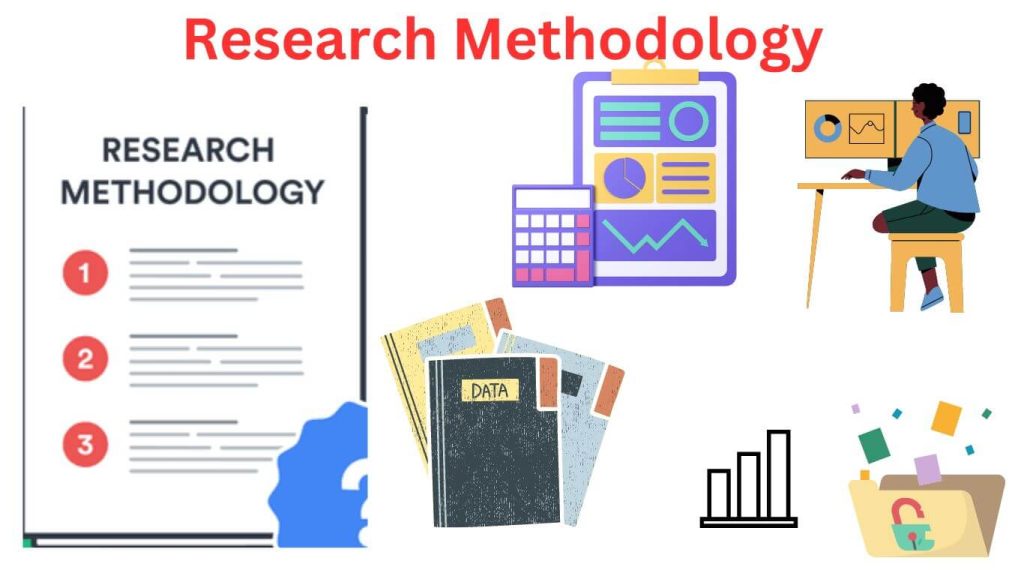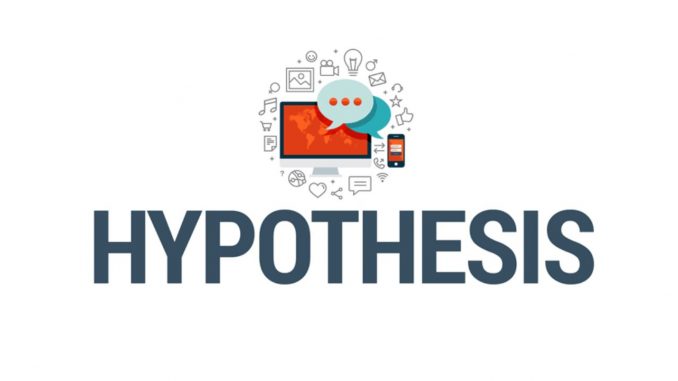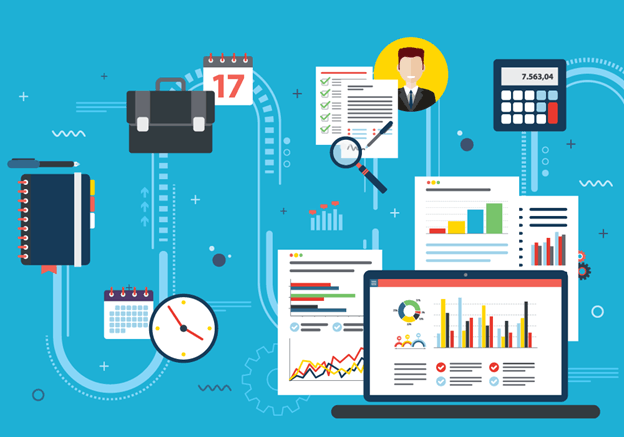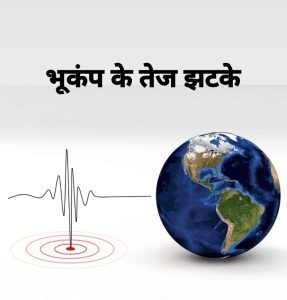Research Methodology, Hypothesis – definition, Hypothesis testing procedure, Secondary data collection – Methods.

Research Methodology
Hypothesis
Definition Of Hypothesis :-
- Hypothesis testing is a formal procedure for investigating our ideas about the world using statistics. It is used by scientists to test specific predictions, called hypotheses, by calculating how likely it is that a pattern or relationship between variables could have arisen by chance.
- A hypothesis is a specific, testable statement or educated guess that proposes an explanation for a particular phenomenon or problem. It serves as a fundamental component of the scientific method and is used in various fields of research to guide investigations and experiments. Hypotheses are often formulated based on existing knowledge or observations and are essential for advancing scientific understanding.

Hypothesis testing procedure :-
The testing procedure of a hypothesis typically involves the following steps:
- Formulation: The first step is to clearly define the hypothesis based on prior knowledge or observations. A hypothesis should be concise, specific, and capable of being tested through experimentation or observation. It often takes the form of an “if-then” statement, where the “if” part represents the independent variable (the factor being manipulated) and the “then” part represents the expected outcome or dependent variable (the response being measured).
- Designing an Experiment or Observation: Next, researchers plan and design an experiment or observation that will allow them to test the hypothesis. They must carefully control variables to isolate the effect of the independent variable on the dependent variable. This experimental design helps ensure the validity and reliability of the results.
- Data Collection: In this step, data is collected through the experiment or observation. The data should be relevant to the dependent variable and must be collected in a systematic and unbiased manner.
- Data Analysis: After collecting the data, researchers analyze it to determine whether the results support or refute the hypothesis. Statistical techniques are often used to assess the significance of the findings and draw conclusions from the data.
- Drawing Conclusions: Based on the data analysis, researchers draw conclusions regarding the hypothesis. If the data supports the hypothesis, it is considered validated. If the data contradicts the hypothesis, it is rejected. Researchers may also find that the results are inconclusive or need further investigation.
- Reporting Results: Researchers communicate their findings through scientific publications, reports, or presentations. This step is crucial for sharing new knowledge with the scientific community and the public.
It’s important to note that a hypothesis can never be proven absolutely true; it can only be supported by evidence from experiments and observations. If a hypothesis is consistently supported by multiple studies and stands up to scrutiny, it may eventually become widely accepted as a theory or a principle in a particular field of science. On the other hand, if the evidence does not support the hypothesis, it may be revised or discarded in favor of a new one as part of the scientific process.
FOLLOW US :
Instagram :- instagram/allnationalnews
YouTube :- youtube/@allnationalnews
Facebook :- All National News
Secondary data collection :-
what is secondary data collection ?
Secondary data collection is a research method that involves gathering and using existing data and information from sources other than the primary data collector. In this approach, researchers do not collect data directly from individuals, organizations, or entities but instead rely on data that has been previously collected and made available by other researchers, organizations, government agencies, or various sources.
Here are some key points about secondary data collection:
- Existing Data: Secondary data consists of pre-existing information, records, or datasets that were collected for different purposes. It can encompass a wide range of information, including text, numerical data, images, audio, and more.
- Sources: Secondary data can be obtained from a variety of sources, such as academic journals, books, government publications, databases, company reports, websites, surveys conducted by others, historical documents, and more.
- Purpose: Researchers use secondary data to conduct new analyses, research, or studies. It can serve as a valuable resource when primary data collection is not practical, too costly, or when historical or existing data can provide the required insights.
- Advantages:
- Cost-Efficiency: Secondary data is often readily available, reducing the need for expensive data collection efforts.
- Time-Saving: Researchers can access existing data quickly, bypassing the time-consuming process of collecting new data.
- Historical Perspective: Secondary data can provide historical context and long-term trends.
- Large Sample Sizes: Datasets collected by others may have large sample sizes, which can be beneficial for statistical analysis.
- Limitations:
- Data Quality: The quality and reliability of secondary data can vary, and researchers must assess its accuracy and relevance for their specific research needs.
- Lack of Control: Researchers have no control over how the data was collected, which may limit their ability to address specific research questions.
- Data Gaps: Some information may not be available in existing datasets, requiring researchers to adapt their study or combine secondary data with primary data collection.
- Ethical Considerations: When using secondary data, researchers must respect copyright and intellectual property rights, obtain any necessary permissions, and properly attribute the sources of the data.
Overall, secondary data collection is a valuable research method that can provide a wealth of information for various types of studies, including academic research, market analysis, policy development, and historical investigations. Researchers should carefully evaluate the data’s suitability for their research objectives and be transparent about their data sources and methodology.

Methods of secondary data collection :-
Secondary data collection methods involve gathering information from existing sources rather than collecting data directly from individuals or entities. These methods are valuable for research and analysis when primary data collection is not feasible or necessary. The methods of secondary data collection include:
- Literature Review: This involves reviewing existing written materials such as books, academic journals, articles, theses, and other publications relevant to the research topic.
- Online Databases: Accessing digital repositories and databases to retrieve information. Examples include academic databases (e.g., PubMed, IEEE Xplore), government databases (e.g., Bureau of Labor Statistics), and market research databases (e.g., Nielsen).
- Archives: Utilizing historical records, documents, and records stored in archives, libraries, or museums.
- Official Statistics: Gathering data from government agencies and organizations that publish official statistics, such as census data, economic indicators, and crime statistics.
- Company Reports: Analyzing publicly available documents such as annual reports, financial statements, and filings with regulatory authorities.
- Surveys and Questionnaires: Using data collected by other researchers or organizations through surveys and questionnaires that have been made available for public use.
- Interviews and Focus Groups: Accessing data from interviews, focus group discussions, or qualitative research conducted by others and documented in research reports or publications.
- Observational Data: Analyzing data collected through direct observations, which may include ethnographic studies, field research, or case studies.
- Audio and Video Recordings: Utilizing recorded interviews, presentations, or speeches for research purposes.
- Web Content: Extracting data from websites, social media, online forums, blogs, and other online sources.
- Photographs and Visual Materials: Analyzing photographs, maps, charts, and other visual materials for research purposes.
- Previously Conducted Experiments: Using data from scientific experiments or research studies conducted by other researchers.
- Existing Datasets: Accessing existing datasets that have been created for various research purposes and are available for secondary analysis.
- Meta-Analysis: Conducting a meta-analysis by aggregating and synthesizing data from multiple primary research studies on a specific topic.
- Case Studies: Analyzing published case studies and reports on specific incidents, events, or organizations.
When using secondary data, it is essential to critically evaluate the quality, relevance, and reliability of the data and properly cite and attribute the sources. Researchers should also consider any potential limitations or biases associated with the original data sources
FOLLOW US :
Instagram :- instagram/allnationalnews
YouTube :- youtube/@allnationalnews
Facebook :- All National News
A hypothesis is a testable statement that proposes a possible explanation for a phenomenon or a prediction about the relationship between variables. It serves as a guide for scientific research and is subject to testing and validation through experiments or observations.
A hypothesis is a testable and falsifiable statement or prediction that proposes a relationship between variables. It serves as a basis for scientific inquiry and experimentation, guiding research to either support or reject the proposed idea.
Secondary data collection involves gathering and utilizing information that has already been collected by someone else for a different purpose. This data is not directly obtained from the original source but is instead obtained from existing records, publications, databases, or other sources. Researchers analyze and interpret secondary data to derive insights or draw conclusions relevant to their own study or investigation.









Leave a Reply